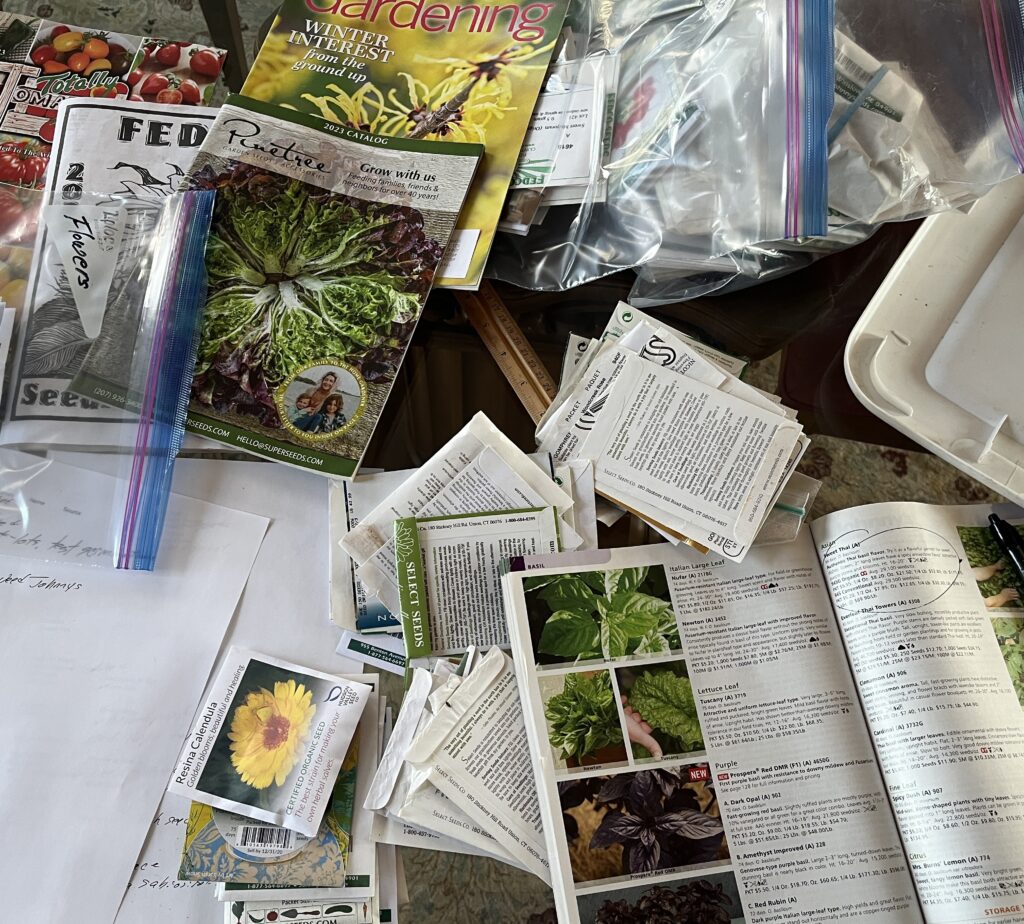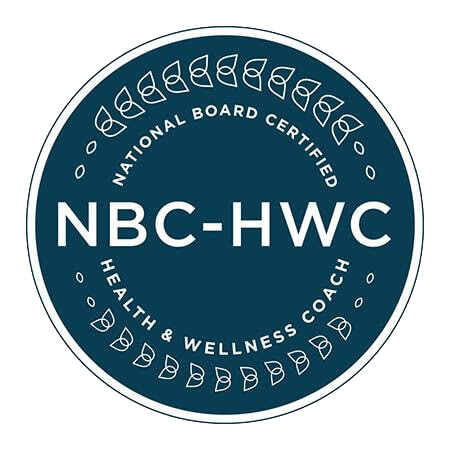Cooking up Self-Love
On Good Behavior LLC
Anne Macaulay | First Thoughts
Greetings friends!
Here are my “First Thoughts” on mindset, real food and behavior change.
Quote that I am pondering: “Cooking is an act of self-love.” -Elizabeth Lipski. Self-care is a hot topic, but cooking a lovely meal for oneself is still looked on a little strangely. I would argue that there is nothing more self-caring than feeding one’s body nourishing, delicious food. I also take pleasure in being able to experiment without any concern about offended palettes!
What I’m reading: Seed catalogs! I have eagerly awaited seed catalogs in the winter mailbox since I was a teenager. There is nothing like browsing through photos of greenery and dreaming up garden plans to make spring seem a little bit closer. My favorites: Johnny’s Selected Seeds and Fedco Seeds for vegetables and Annie’s Annuals and Select Seeds for flowers.
- Programs I’m leading: I’m excited to be leading a monthly vegetable garden workshop for Eating for Your Health, formerly known as The Suppers Program. If you enjoy gardening or want to get a garden started this year, join me for this monthly hands-on workshop! Learn how to start seeds, beat weeds, and keep the harvest going into November. For more information and to sign up:


What I’m cooking: Kale! If I haven’t lost you yet, you much be a true kale fan! Kale can be a bit of a pain to prepare with those thick central ribs that aren’t easy to digest. One simple trick is to freeze a whole bunch of kale and then shatter the frozen leaves into a colander (see video here. Please excuse my fuzzy bathrobe making an appearance!). The leaves will come away from the stems and break into small pieces that are perfect for cooking. If I’m looking to sauté kale, I usually steam it first and then toss it in a pan with some olive oil and garlic right before serving. I don’t have the patience to sauté down a whole bunch of lofty leaves!
That’s all for now.
Love, Anne



